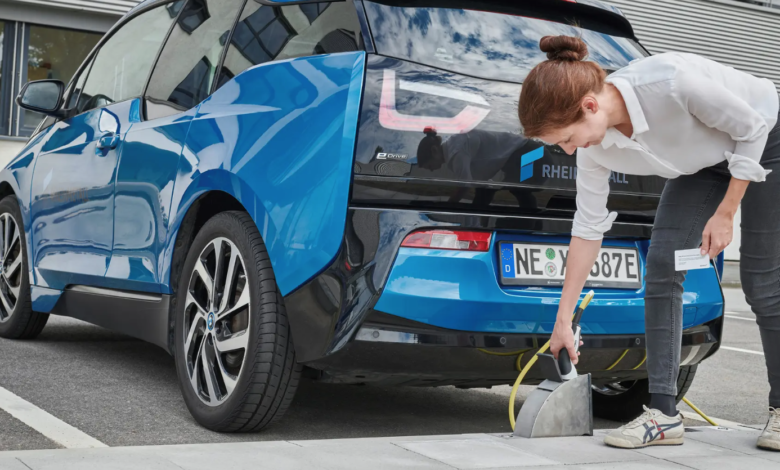Recharging electric cars, in Cologne the revolution hides in the sidewalk

The new Recharging electric cars solution has the same performance as the columns
Farewell to the columns, the curbs are enough. The small revolution of Recharging electric cars starts from Cologne. In the fourth largest city in Germany, it will soon be possible to fill up your EV by plugging into the chargers on the sidewalks. The goal: to ensure the development of electric mobility without interfering with urban aesthetics. And saving space.
The pilot project is signed by Rheinmetall and TankE and should start this summer. The city has just given the final approval to install two test stations, confirming itself at the forefront of technological innovation for sustainable mobility and in particular for electric. The first public charging station dates back to 2010. Then it was followed by the first charging infrastructure for buses. Then from projects to give a second life to the batteries with the 2nd life storage. And again, the inductive charging for taxis.
Space to Recharging electric cars that you do not see
With the charging integrated in the curbs, Cologne tests a solution designed to solve one of the problems not to be underestimated in the urban environment: the explosion of electric mobility planned for the coming years will need a lot of space to accommodate the infrastructure charging electric cars, since only a minority of citizens have a private garage where they can install a personal point. But not always this space is available. Nor is it easy to integrate charging points into the urban fabric without friction. Germany, by 2030 alone, estimates that it needs 1 million charging points.
read also Connected Home Charging, the pan-European home intelligent charging system
The solution under test in Cologne responds to the problem of lack of space as it can be integrated in principle into any pavement. It is therefore an extremely flexible technology, the installation of which does not require special costs. And it relies on already existing urban elements, without distorting them, instead of requiring special spaces. The guaranteed charging speed is similar to that available at the charging stations thanks to a 22 kW module.





